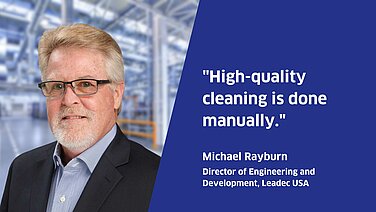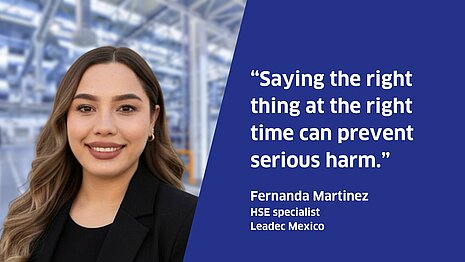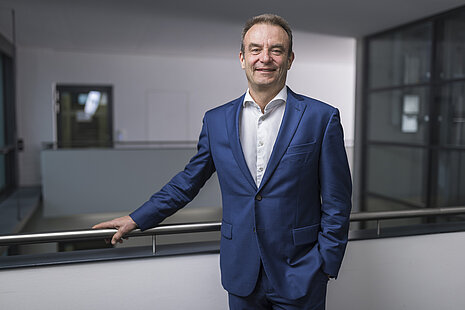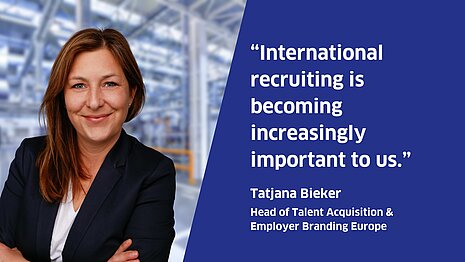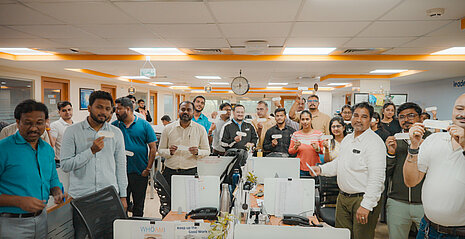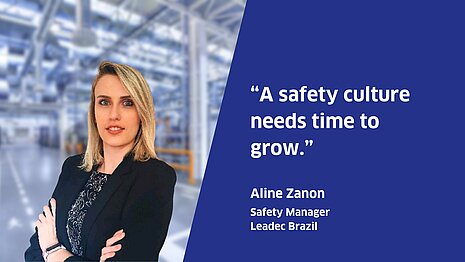"We can draw on many years of experience cleaning paint shops."
Michael, demand for battery cells is soaring not just in the U.S. What are the biggest challenges in manufacturing them?
Battery cell production is still a relatively new field in the U.S., but it's growing at an incredible pace. Cleanliness is crucial for safe production because the manufacturing process is highly chemical. The first step—mixing the individual components like lithium, cobalt, and graphite—is particularly emission-intensive. Very high cleanliness standards ISO 14644-1 (level 5 or 6) are required during mixing, whereas later stages like cell assembly and battery pack assembly have slightly less stringent requirements (level 7 or 8). We help manufacturers meet these ISO standards primarily through technical cleaning, filter replacement and an advanced air and humidity control system.
How does cleanroom cleaning for battery production differ from industries like semiconductors or pharmaceuticals?
The biggest differences are in the materials used and the resulting safety requirements.
While semiconductor production mainly involves silicon—and the key is to keep dust off the wafers—battery production deals heavily with chemical substances that generate hazardous particles. That’s why our teams must wear personal protective equipment and respirators when cleaning machinery, floors, or walls inside production areas. Only later in the process is standard cleanroom attire like coveralls and gloves sufficient.
Does contamination affect the quality of the battery cells themselves?
Not so much the cells directly once the cells are enclosed, but definitely the production equipment. And everything runs at high speed. Even tiny particles or too much humidity can cause major disruptions. That’s why regular filter changes are an essential part of our cleaning program.
Why does Leadec have such strong expertise in this area?
Cleanrooms for battery cell production might be new for us, but we can draw on many years of experience cleaning paint shops. The dust load during the mixing of cell materials is very similar to that in a paint shop. Thanks to that experience, we know exactly what matters: clean air from the very first moment.
What’s happening in terms of digitalization and automation in cleanroom cleaning?
Monitoring—particle counting, humidity, and filter tracking—is highly digitalized and usually handled by the OEMs themselves. But the actual cleaning is still done manually. The results are immediately visible because the OEMs continuously track our cleaning performance through real-time measurements. That creates true transparency—and, of course, a great sense of pride among our teams!
How has the business developed in the U.S.? And what about skilled workers?
We started in 2020 with our first client in Ohio. Today we provide cleaning services at six sites with about 60 - 80 employees per location. Since there are hardly any skilled workers in this new field, we train our teams together with our clients. Our knowledge keeps growing, and new customers quickly realize that Leadec is a highly experienced partner. I see huge potential for us here, especially with more plants already in the pipeline. Plus, we can flexibly adapt our services—from classic cleaning to full technical cleanroom management.
You may also be interested in the following articles:
Are you interested in our services?
Please send us your request. We would be happy to hear from you.
*mandatory

